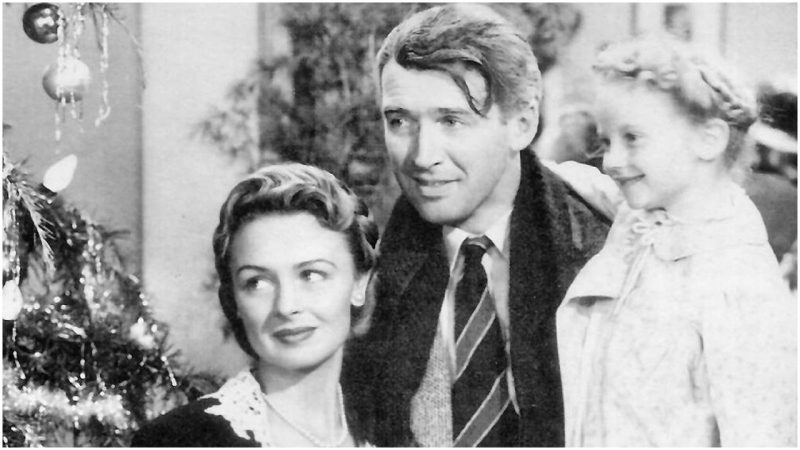It is hard to believe that the 1946 American Christmas, fantasy- drama film It’s a Wonderful Life was once denounced by the FBI with a strange memo that was issued just a few months after the release of the movie.
Produced and directed by Frank Capra It’s a Wonderful Life has elevated to be one of the peak achievements in American cinematography, counted as one of the most popular movies of all times in America. Its popularity tremendously grew during the end of the 1970’s, as well as in the 1980’s, after a majority of TV houses started to traditionally show the movie during each Christmas season.
In 1990, it was even selected by the United States Library of Congress for preservation in their National Film Registry, as they deemed the film to be “culturally, historically, or aesthetically significant.”
It was based on Philip Van Doren Stern’s short story, The Greatest Gift from 1939, and the movie premiered at the Globe Theater in New York during the 1946 Christmas season only so it could become eligible to compete at the Academy Awards in 1947.
It had mixed reviews, and its scheduled premiere for 1946 has eventually proved to be a bad move, as the film was set to face a major rival for making the Hollywood’s best picture of that year. It would be Goldwyn’s The Best Years of Our Lives that would take all the glory at the awards and leave It’s a Wonderful Life in the shadow of its success.
Had the movie been premiered in January 1947, and not in December 1946, it would have competed for the Academy Awards in 1948, when the competition had been easier.
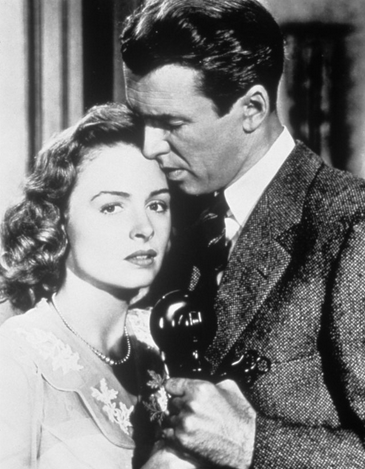
In addition, just a few months after its release, on May 26th, 1947, something unbelievable happened. The FBI issued a memo about It’s a Wonderful Life stating that it was a communist propaganda and that “the picture deliberately maligned the upper class, attempting to show that people who had money were mean and despicable characters.”
According to the authentic memo: “With regards to the picture, It’s a Wonderful Life, stated in substance that the film represented rather obvious attempts to discredit bankers by casting Lionel Barrymore as a ‘scrooge-type’ so that he would be the most hated man in the picture. This, according to these sources, is a common trick used by Communists. In addition, this picture deliberately maligned the upper class, attempting to show wealthy people as mean and despicable characters.”
An accusation of having Communist ties or sympathies were tough blows for screenwriters, producers, directors and other employees within the Hollywood movie industry after WWII. It even disabled workers to get employment, or writers to get their script accepted. For instance, it had been exceptionally tough times for the ‘Hollywood Ten’, after the release of the official Hollywood blacklist.
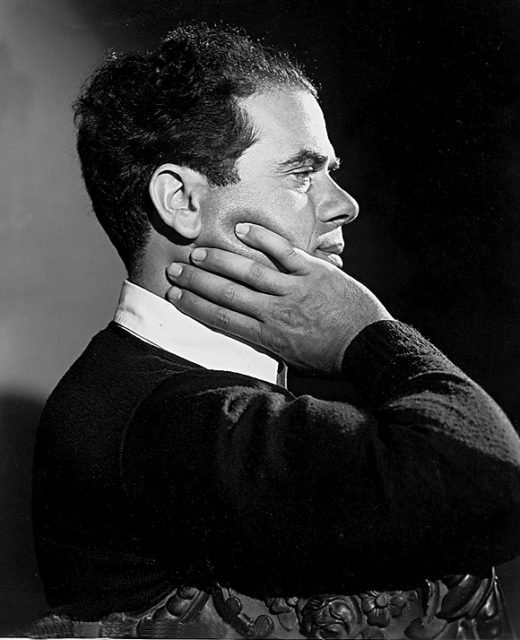
The FBI memo for sure further affected the general reception of the movie. Combined with the wrong move to schedule the premiere in December 1946, instead of January 1947, has caused the movie to lose in the short run during the 1940’s and the 1950’s. It has also failed to meet the expected financial compensations, as costs for its production had been quite high.
However, on the long run, things have changed for the good.By all means, the film has become a classic- one of the most recognized movies produced ever in the States, and very soon nobody would mind the FBI memo or that the movie was not rewarded with Best Motion Picture of the Year at the Academy Awards.
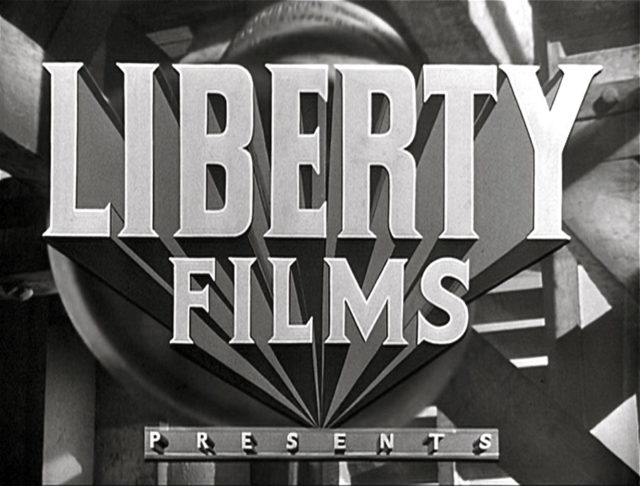
Miraculously, fame and glory for It’s a Wonderful Life had arrived decades after its initial release. The story of George Bailey played by James Stewart, a man who had stopped chasing his dreams in orders to help others and his imminent suicide on Christmas Eve, along with Clarence Odbody who comes as his guardian angel and shows all the good he had done, has raised as a story nobody wished to miss during a warm and cozy Christmas season back in the 70’s and the 80’s.
The growing popularity of the film had come as a much-appraised surprise for Frank Capra and his team. In a 1984 statement for The Wall Street Journal, he stated: “It’s the damnedest thing I’ve ever seen.
The film has a life of its own now, and I can look at it like I had nothing to do with it. I’m like a parent whose kid grows up to be president. I am proud… but it’s the kid who did the work. I didn’t even think of it as a Christmas story when I first ran across it. I just liked the idea.”
For James Stewart, it has been his favorite movie out of all which he had worked on, according to an interview in 1973.
In the following decades, there was only more appraisal for It’s a Wonderful Life. Writer and editor Richard Cohen had stated that “it’s the terrifying Hollywood film ever made“.
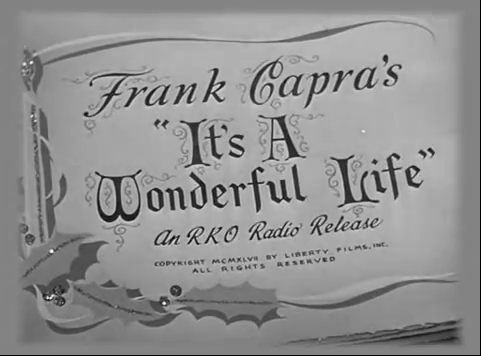
Last but not least, its ratings over various top lists had been doing pretty well.
Read another story from us: 7 Famous Victims of the Hollywood Blacklist
The more notable ones include Britain’s Channel 4, that after a conducted poll under the title “The 100 Greatest Films”, has ranked It’s a Wonderful Life as the seventh greatest film ever released, as well as its dazzling rating on Rotten Tomatoes, where the fabulous “Tomatometer” currently shows that the movie is performing well with 94% “Fresh” rating. Therefore, if you haven’t seen this motion picture treasure yet, now it might be the perfect timing to do it.
